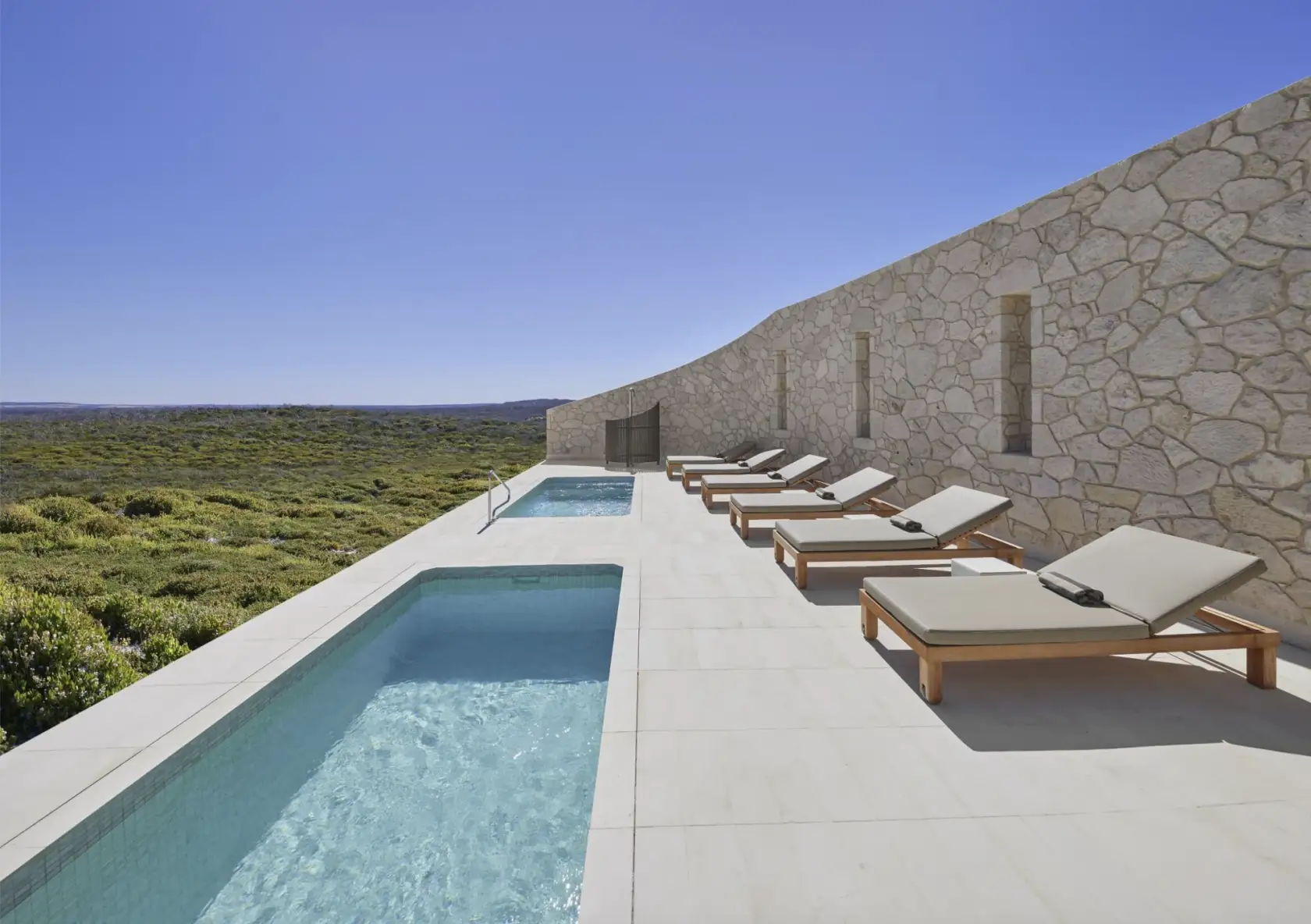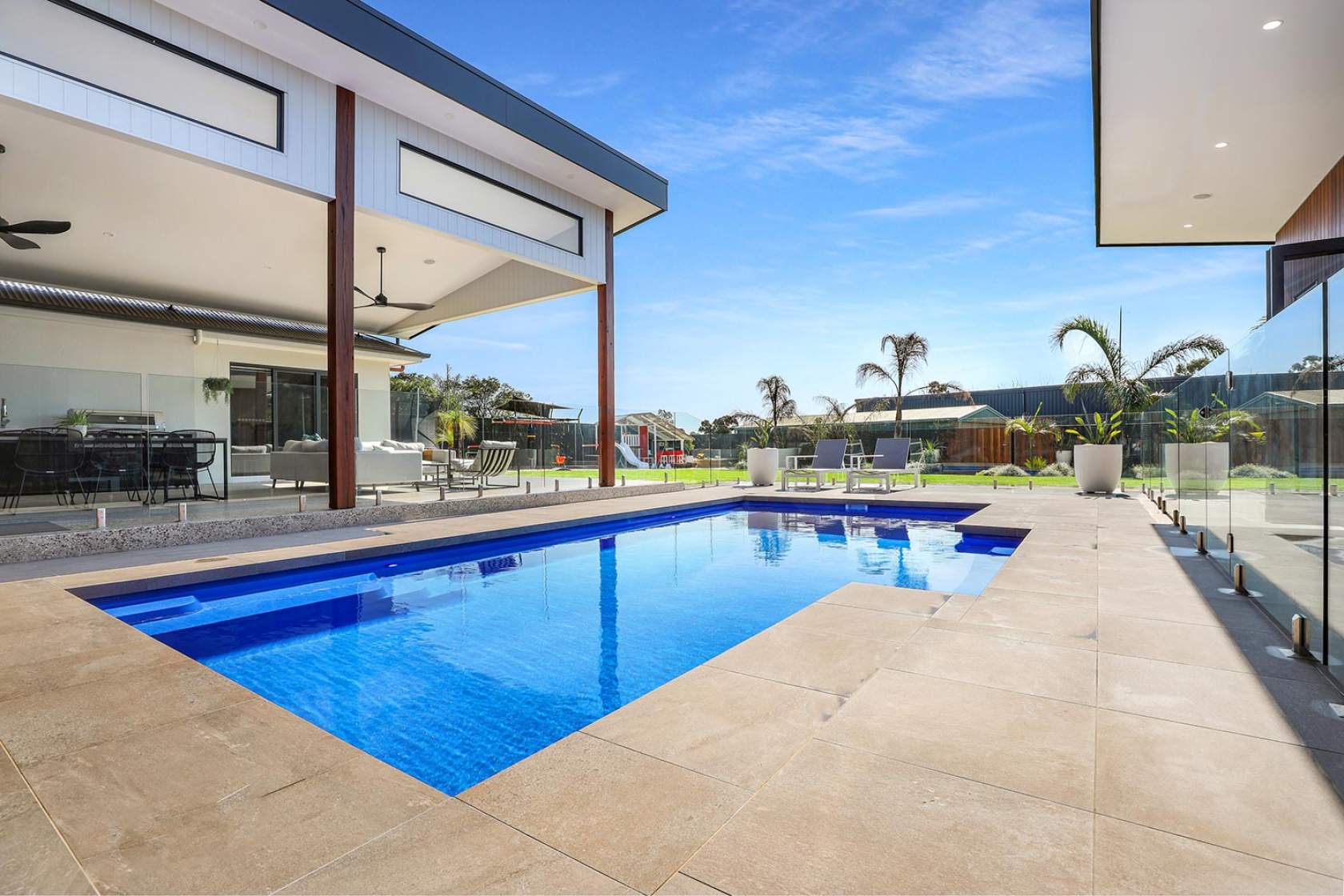

That little something extra
Clear sparkling water — it’s every pool owner’s dream. So, should you consider going the extra mile and installing an ozone generator, UV sanitiser or ioniser?
Ozone and UV light
Ozone is formed when an oxygen molecule (O2) is split by UV light or an electric arc. That split frees two single oxygen atoms and when one collides with any other O2 molecule, it attaches to form ozone (O3), a relatively unstable and highly toxic gas that also happens to be a very effective bactericide.
Using an ozonator in a swimming pool can reduce the amount of chemical required to maintain necessary sanitisation levels. It isn’t a new concept, having been used in the treatment of municipal water supplies, commercial swimming pools and Olympic facilities for many years. Recent technology developments have enabled manufacturers to produce smaller and more economical units that are better suited to domestic pool and spa applications.
Do they work?
UV systems incorporate a lamp that emits UV light. In a simple yet effective process, bacteria present in the water are killed when water passes the light. It is a solution commonly employed in indoor pool applications as UV is adept at destroying chloramines, the substances that give indoor pools their distinctive ‘pool smell’.
Ozone is one of the most effective disinfectants and oxidisers available. Once introduced into water, it immediately starts to work, killing bacteria and oxidising organic waste. Ozone is not highly soluble, so must be injected into the water using either a compressor or venturi system.
As it is a toxic gas, all traces must be used or removed before they reach the pool water, so small amounts of a residual sanitiser like chlorine or bromine are still required to provide continuous protection.
The effect on other chemicals
When using an ozonator with chlorine, follow the manufacturer’s recommendation for pH level maintenance.
In applications where bromine is used for sanitisation, the oxidising power of ozone will regenerate inactive bromine leading to a reduced overall consumption.
Ozone will only remain in the water for a short time, which means it has no discernible effect on pH or water balance and does not contribute to total dissolved solids (TDS).
The combination of a correctly sized and operated ozonator and suitable disinfecting chemical (chlorine or bromine) will keep pool water clean and reduce the need for shock dosing.
Ionisation
Using metal to purify water goes back to ancient Greece, but extensive research into the action of metals in water purification wasn’t conducted till the late 19th century. This led to development of the ‘katadyne’ water treatment process which passed water through porous materials impregnated with silver. Some of the metal would become ionised and pass into the water as positive ions — the upshot was purified water.
This was refined over time and became the ‘electro-katadyne’ process which involved electric current being passed between silver-coated sand beds. It gave a greater degree of control over the ionising process. The modern ioniser uses the same principles, but replaces sand beds with copper and silver electrodes.
Ionisers
Swimming pool ionisers consist of two parts: an electrode assembly with bars of metal (usually an alloy of copper and silver) and an electronic control unit.
The electrodes are usually installed in the pool’s recirculation system and the control unit supplies the necessary extra low voltage across the electrodes. The resultant current produces positively charged ions which are carried into the pool and become part of the water chemistry.
Silver ions act as a disinfectant and copper ions act as an algicide. These ions therefore kill algae and bacteria, and provide a measurable residual, but they require an oxidiser (like chlorine) to perform oxidation of organic waste like oils and sunscreens. While most manufacturers recommend chlorine, non-chlorine systems are also available.
Residual maintenance and water balance
Dissolved metals can lead to discolouration of the pool surface, so be sure to follow the manufacturer’s instructions and ensure levels meet with recommendations.
Ionisation of copper and silver alloy will purify pool or spa water but will not chemically balance it.
Both ozonators and ionisers offer a secondary sanitation solution for swimming pools but as outlined, do not entirely negate the need for some form of chemical addition.
As with any swimming pool equipment purchase, do your research and speak with a SPASA member for up-to-the-minute expert advice. Our members are bound by a strict code of ethics, which means they are committed to delivering goods and services to an established industry standard and with the highest levels of professionalism. Don’t run the risk of buying inferior product that won’t meet your needs and speak with a SPASA member today.
